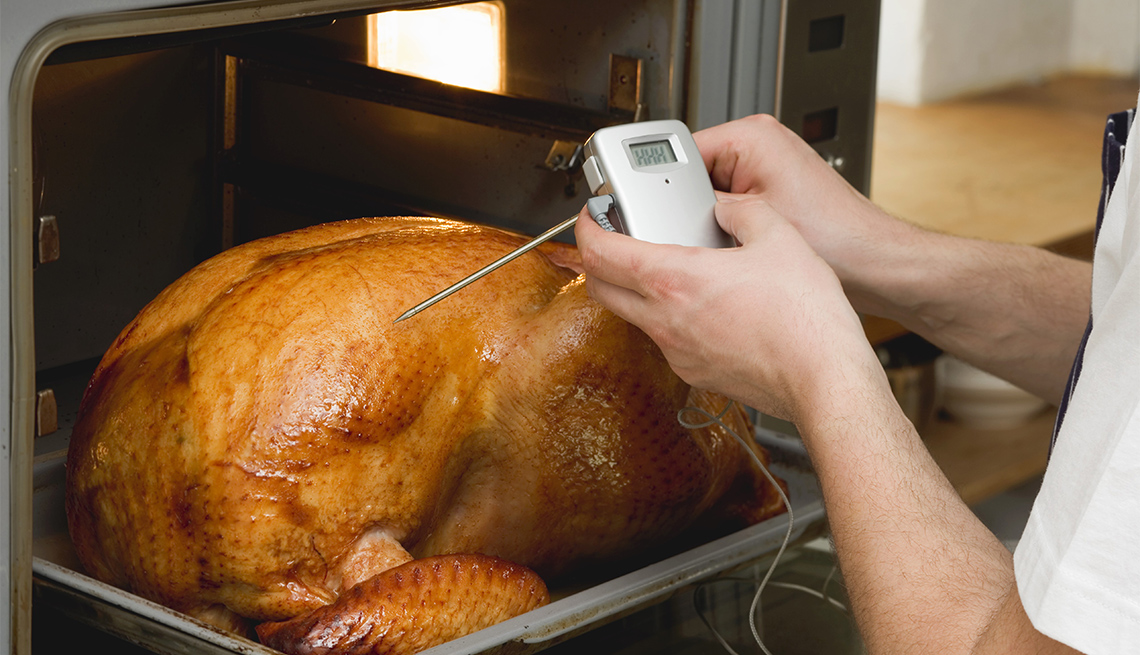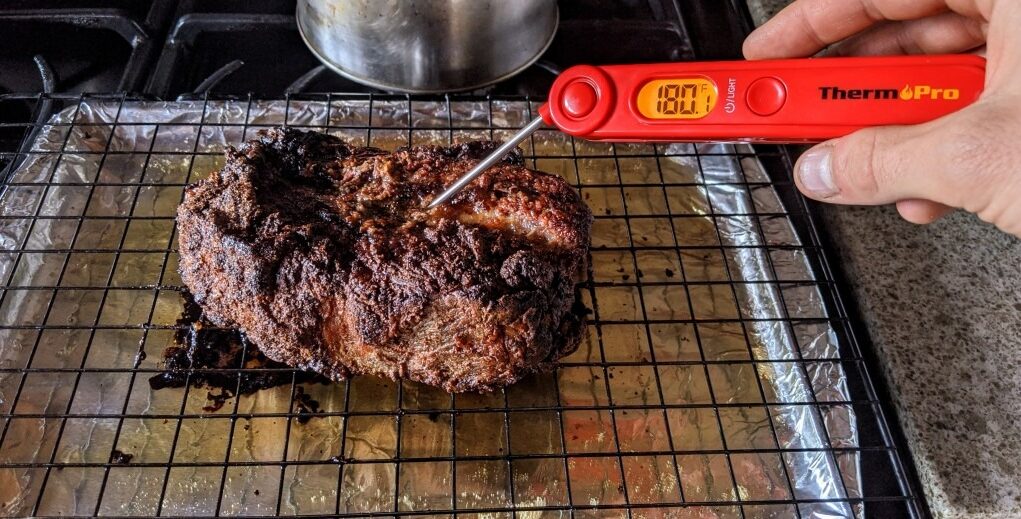When cooking delicious chicken, ensuring it is cooked to the right temperature is critical for both taste and safety. This is where the skill of how to properly use a meat thermometer truly shines.
Using a meat thermometer can feel a bit daunting at first, but with this comprehensive guide, you will become a pro in no time. Using these handy devices correctly will take your cooking skills to the next level, ensuring every meal is both tasty and delicious.

Understanding the Purpose of a Meat Thermometer
The meat thermometer measures the internal temperature of meat, ensuring it is cooked to a level safe for consumption. It is particularly important for chicken lovers, as undercooked chicken can lead to foodborne illnesses.

Types of Meat Thermometers
There are several types of meat thermometers available, and knowing which one to use can impact your cooking.
Digital Instant-Read Thermometers
These thermometers provide a quick reading of the meat’s temperature. They are perfect for getting accurate measurements in just a few seconds.
Dial (Analog) Thermometers
Dial thermometers are traditional but reliable. They take a bit longer to give a reading but are durable and cost-effective.
Thermocouples
Thermocouples are highly accurate and provide readings within seconds. They are typically more expensive but worth the investment for serious cooks.
Leave-In Meat Thermometers
These are designed to stay in the meat while it cooks, allowing you to monitor the temperature without opening the oven.

Steps to Properly Use a Meat Thermometer
Calibration and Testing
Regularly calibrate and test your meat thermometer to ensure its accuracy.
Placement of the Thermometer
Insert the thermometer into the thickest part of the meat, avoiding bones and fat.
Reading the Temperature
Wait until the thermometer provides a stable reading before removing it from the meat.
Recommended Internal Temperatures for Chicken
For chicken, it is recommended to reach an internal temperature of 165F (74C) to ensure it is safe to eat.
Troubleshooting Common Issues
Inaccurate Readings
Check if your thermometer needs recalibration or if it is inserted properly.
Thermometer Not Working
Ensure the battery is charged for digital thermometers, or check for damage in analog ones.
Maintaining Your Meat Thermometer
Cleaning After Use
Clean your thermometer after each use to maintain hygiene and accuracy.
Proper Storage
Store your thermometer in a safe place to avoid damage.
Summing Up
Using a meat thermometer is a skill all chicken lovers should master. Proper use of a meat thermometer ensures your food is both safe and delicious. By following these guidelines, you will be delighted with the results of your cooking.
Faq Section
How often should I calibrate my meat thermometer?
It is recommended to calibrate your meat thermometer every six months or after any significant drop.
What should I do if my thermometer gives inaccurate readings?
Check the placement of the thermometer and recalibrate it if necessary. If issues persist, consider replacing it.
Can I leave my meat thermometer in the meat while it cooks?
Only leave-in thermometers are designed for this purpose. Instant-read and dial thermometers should be used for spot-checking.
Read more about meat thermometers
As an Amazon Associate, I earn from qualifying purchases.









